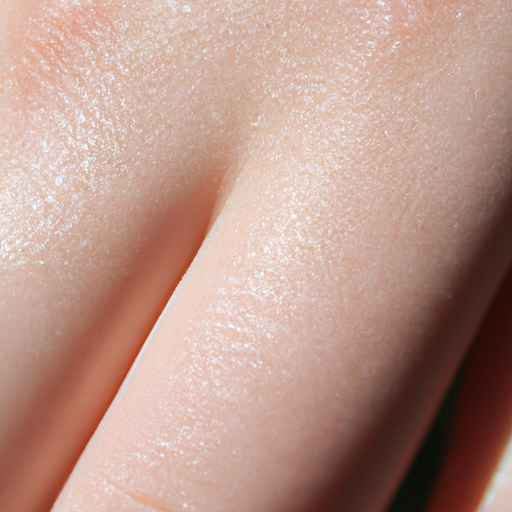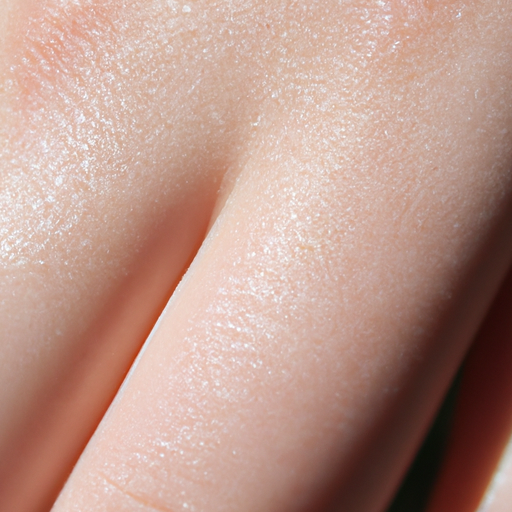Oily skin is a common concern among many individuals, often leading to a host of skin issues such as acne, blackheads, and an unwanted shiny complexion. As dermatologists, we understand the complexities of managing oily skin and the need for a comprehensive approach to achieve a radiant, healthy glow. This article aims to unmask radiance by providing an ultimate guide to combat oily skin.
The first step in managing oily skin is understanding its root cause. Sebaceous glands in our skin produce sebum, a natural oil that moisturizes and protects the skin. However, when these glands overproduce sebum, it results in oily skin. Factors contributing to this overproduction range from genetics, hormonal changes, to environmental factors such as humidity and heat.
Having a consistent skincare routine is paramount in controlling oily skin. A gentle cleanser should be used twice daily to remove excess oil without stripping the skin of its natural moisture. It’s a common misconception that harsh, drying products are beneficial for oily skin. In reality, they can trigger the sebaceous glands to produce even more oil as a defense mechanism against dryness.
Exfoliation is another crucial step in managing oily skin. Regular exfoliation, ideally 2-3 times a week, helps remove dead skin cells that can clog pores and increase oil production. However, it’s essential to use a gentle exfoliant that won’t irritate or damage the skin.
Following cleansing and exfoliation, a lightweight, oil-free moisturizer should be applied. Many individuals with oily skin skip this step, fearing it will make their skin oilier. However, moisturizing helps maintain the skin’s natural hydration levels and prevents overproduction of sebum.
Incorporating a clay mask into your skincare routine can also be beneficial. Clay masks are known for their oil-absorbing properties, helping to unclog pores and reduce shine. However, they should be used sparingly, as overuse can lead to skin dryness and irritation.
Beyond topical treatments, lifestyle and dietary changes can also play a significant role in managing oily skin. A diet rich in antioxidants, omega-3 fatty acids, and vitamins can help regulate sebum production. Foods such as berries, fatty fish, and leafy greens are excellent choices.
Hydration is also key. Drinking plenty of water helps maintain the skin’s moisture balance and flushes out toxins that can contribute to oiliness. Additionally, reducing stress through practices like yoga or meditation can help, as stress is known to trigger sebum production.
Lastly, it’s important to protect your skin from the sun. Sun exposure can lead to an increase in oil production and cause long-term damage to the skin. Always apply a broad-spectrum sunscreen with an SPF of at least 30, even on cloudy days.
In conclusion, managing oily skin requires a holistic approach that includes a consistent skincare routine, dietary changes, and lifestyle modifications. It’s also essential to understand that everyone’s skin is unique, and what works for one person may not work for another. Therefore, it’s always best to consult with a dermatologist who can provide personalized advice based on your specific skin type and concerns.
Remember, oily skin is not a flaw but a skin type that requires special care. With the right approach, you can unmask the radiance beneath the oiliness and achieve healthy, glowing skin.




